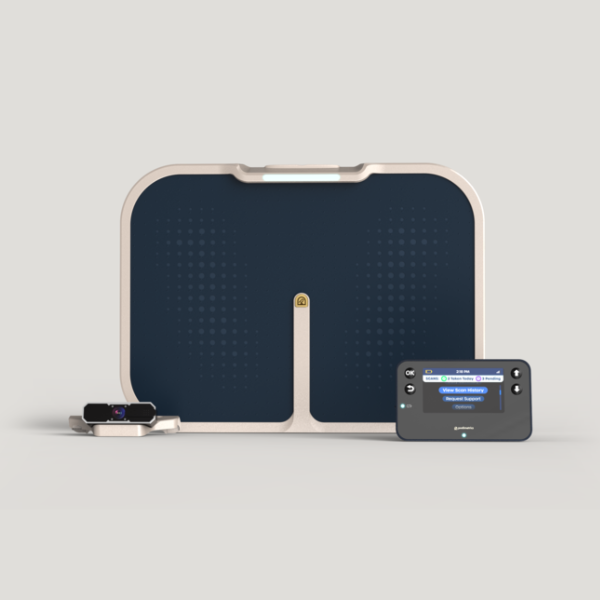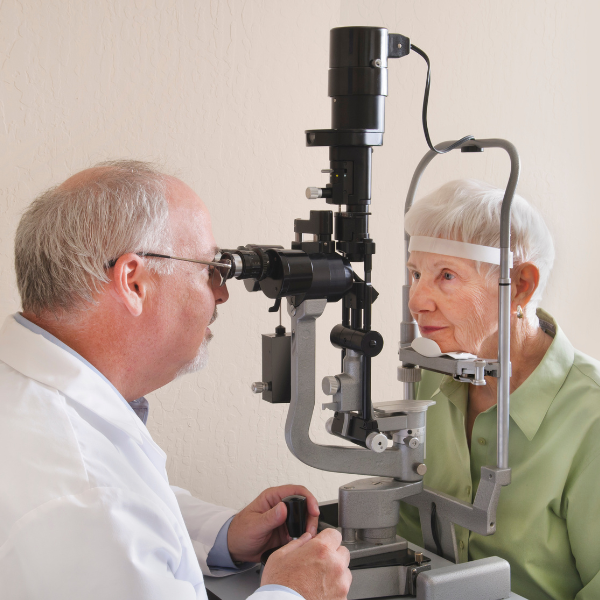By: Crystal Stanton, PracticeSuite
This guest post is contributed by PracticeSuite, which provides medical billing software, practice management features, and revenue cycle management services.
Maintaining meticulous electronic health records (EHRs) is a crucial component of delivering safe, high-quality care. For medical practices serving patients living with diabetes, strong medical documentation ensures that providers can catch early risks (such as foot ulcers), record interventions, and improve health outcomes.
Though medical documentation is critical, efforts to streamline the process sometimes fall by the wayside. Let’s take a look at four strategies you can implement to improve medical documentation and ensure clinical excellence.
1. Assess and Standardize Your Current Documentation Workflows
According to Arcadia, performance improvement in healthcare involves identifying gaps based on data analysis, implementing necessary changes, and monitoring the impact of those adjustments over time.
You can apply the performance improvement process to your medical documentation processes by evaluating existing inefficiencies or inconsistencies. Specifically, try to pinpoint the root causes for documentation delays or omissions and address them with targeted improvements.
Depending on what you discover after you’ve audited your existing charting practices for gaps, redundancies, and bottlenecks, you might:
- Create standardized templates or note structures for common diabetic risk encounters.
- Align documentation protocols across all staff teams to reduce variation.
- Provide examples of health notes to promote consistent documentation.
- Establish clear guidelines for documentation during in-person versus telehealth visits.
This establishes a baseline and creates a consistent foundation for improvement across your practice.
In particular, emphasize the importance of real-time documentation. When providers document while in the client encounter, it ensures that details are recorded while still fresh in the provider’s mind, making them as accurate and complete as possible. This, in turn, enhances patient care and improves the patient experience.
2. Utilize Documentation to Drive Care Coordination
Although regulatory compliance is a key reason to properly document patient encounters, your records should also facilitate better communication across care teams. This is especially critical for patients living with diabetes, as they may require multidisciplinary care across multiple providers.
For example, people with diabetes may see their primary care provider for metabolic control, podiatrists for foot blisters, and optometrists for diabetic retinopathy. Siloed data and non-standard health records only make continuity of care more difficult.
To drive better care coordination, your practice should:
- Clearly document all referrals, consult notes, and care handoffs.
- Create shared care plans to track responsibilities across specialists.
- Add timelines and follow-up requirements directly in the care plan to improve accountability.
- Attach patient education materials to the record so all providers can see the information you’ve communicated.
- Highlight coordination efforts, especially for patients with complex or chronic conditions, in the plan of care.
Well-documented care and client encounters facilitate seamless handoffs and collaboration among specialists. Beyond improving provider collaboration, it also helps patients feel more supported, since they can trust that every member of the team is informed and aligned on their care. Also, consider sharing key documentation highlights with patients in plain language so they fully understand and become active participants in their care.
3. Leverage EHR Tools to Reduce Administrative Burden
Long gone are the days of recording patient encounters by hand. Nowadays, there are plenty of EHR tools that make it easy for physicians to conduct medical documentation. PracticeSuite recommends looking out for four key features in your EHR solution:
- Comprehensive view of patient health: Your software should provide an organized, intuitive way for clinical staff to quickly understand each patient’s wellness and care plans. The best EHR systems offer sophisticated, at-a-glance charts and dashboards that provide a comprehensive overview of a patient’s medical history and care.
- Extensive care documentation: You should document each patient encounter, but note that not every encounter will contain the same information. For instance, a routine follow-up visit for a stable chronic condition might only require a brief note on the patient’s current status. In contrast, an initial consultation for a complex new issue would need more detailed plans. Your EHR software should enable you to document a range of patient visits, from standard visits (like annual checkups) to complex, multi-problem appointments.
- Robust clinical intelligence: It’s only natural for physicians to make errors in documentation, but EHR software gives us tools to mitigate those mistakes. Your solution should include intelligent alerts, such as reasonable vital sign ranges, gender-specific diagnoses, and age-specific qualifiers, so it’s easy to identify any mistakes made when charting. It should also alert you to common contraindications to minimize errors with patient prescriptions.
- Efficient treatment orders: A patient encounter doesn’t stop when the patient leaves the office. Physicians may also need to order medications, tests, procedures, and follow-up appointments. Your EHR software should easily and accurately communicate these orders to the relevant entities for improved care.
An integrated EHR approach is particularly vital in managing chronic conditions like diabetes. For instance, monitoring foot temperature in patients living with diabetes can be beneficial in identifying potential inflammation, infections, and other abnormalities that may lead to foot ulcers or other diabetes-related foot conditions. The ability to seamlessly incorporate and analyze data from continuous foot temperature monitoring directly translates to better proactive and preventive care.
4. Create Feedback Loops Between Clinical and Billing Teams
Aside from impacting patient care, medical documentation also affects billing, regulatory compliance, and revenue. Thorough medical documentation leads to easier coding and prevents revenue loss from avoidable errors.
To set your billing team up for success, create clear communication processes between them and your clinical teams. Here are a few best practices you can implement:
- Establish regular check-ins between coding/billing staff and providers to review documentation trends.
- Share examples of well-documented visits that supported both care quality and accurate reimbursement.
- Develop quick reference guides that translate documentation requirements into practical tips for providers.
- Invite billing staff members to join clinical team huddles to flag common issues in real time.
The best way to improve communication between clinical and billing teams is by investing in medical billing software that integrates with your EHR tools. A comprehensive practice management solution will include all these features in a single platform, eliminating concerns about discrete or siloed data.
Better medical documentation leads to more personalized patient care and more efficient billing processes, resulting in happier patients and more revenue for your medical practice. Start with one of the strategies in this list, and build your process from there.





